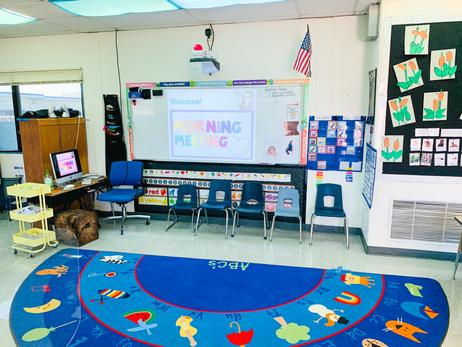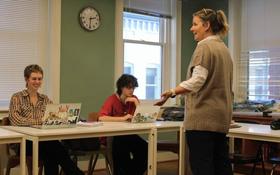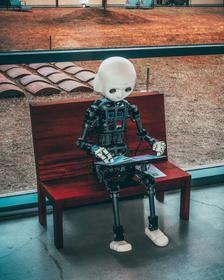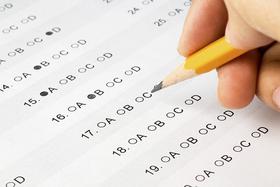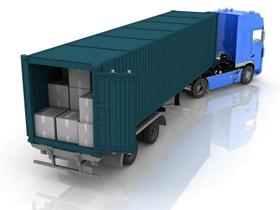How Private Schools Support Students with Learning Differences
Private schools increasingly recognize that “one size fits all” instruction leaves many learners behind. Students with dyslexia, ADHD, dysgraphia, executive function challenges, or other learning differences need tailored support structures. In 2025, many private schools are adopting research-based practices, flexible resourcing, and inclusive policies that help students with learning differences not only survive, but thrive.
Why private schools can excel at supporting learning differences
Private schools often have structural advantages in delivering individualized support:
Smaller class sizes and lower student-teacher ratios, which allow for more personalized instruction.
Greater flexibility in curriculum and scheduling, enabling schools to adapt programming to student needs.
Independent governance, giving schools agility to adopt specialized models quickly.
Access to additional resources, such as specialists, assistive technology, and training budgets.
These strengths provide a strong foundation, but impact depends on how intentionally a school designs its learning support system.
Core Elements of Effective Support
1.Early identification and assessment
Many private schools partner with educational psychologists or specialists to assess students and create Individualized Support Plans (ISPs). These guide instruction and track progress with measurable goals.
2. Structured, evidence-based instruction
Leading schools adopt instructional models grounded in research. Structured literacy programs, such as Orton-Gillingham, remain the gold standard for dyslexia. The Association of LD Schools (ALDS) emphasizes personalized, multisensory teaching methods for students with learning differences (ldschools.org).
3. Flexible delivery models
Support typically blends three approaches:
Push-in support: specialists work alongside teachers in class.
Pull-out instruction: students receive small-group or one-on-one lessons.
Co-teaching models: teachers collaborate to deliver differentiated instruction.
4. Accommodations and assistive technology
Private schools commonly offer extended time, alternative testing formats, graphic organizers, and adaptive software. Federal protections, such as Section 504 and the ADA, also extend to certain private school settings (WAPAVE).
5. Social-emotional support and self-advocacy
Because learning differences can cause anxiety or frustration, many schools embed counseling, peer mentoring, and explicit self-advocacy training to help students understand and communicate their needs.
Profiles from Leading Schools
| School | Specialty / Focus | Notable Practices |
|---|---|---|
| AIM Academy (PA) | Language-based learning differences | Low student ratios, research-based literacy programs |
| Landmark School (MA) | Dyslexia & ADHD | One-to-one tutorials, immersive support programs (landmarkschool.org) |
| Westmark School (CA) | Language-based learning differences | Differentiated instruction across all grade levels |
These examples illustrate how schools align diagnosis, instruction, and holistic support to meet diverse student needs.
Challenges and Solutions
Resource constraints: hiring specialists can be costly. Solution: phased implementation or partnerships with local clinicians.
Stigma and buy-in: some families worry about labeling. Solution: schools frame supports as tools for success, not deficits.
Scalability: ensuring consistency across grades. Solution: central databases and cross-grade planning meetings.
What Parents Should Ask When Evaluating a School
What is the school’s philosophy on supporting learning differences?
Who are the specialists on staff, and what are their credentials?
How does the school balance push-in vs. pull-out models?
What professional development do teachers receive in differentiation?
How are progress and accommodations communicated with families?
These questions help parents determine whether a school offers meaningful, integrated support rather than isolated interventions.
Trends in 2025 and Beyond
Executive function coaching is becoming as central as literacy and math remediation.
Hybrid learning tools are giving students more tailored digital support.
Parent-school partnerships are strengthening, with families seen as active collaborators.
Conclusion
Private schools are uniquely positioned to support students with learning differences, but effectiveness depends on intentional systems. The best programs combine early assessment, research-based instruction, professional collaboration, assistive technology, and emotional scaffolds. As 2025 progresses, schools are shifting from treating learning differences as “special cases” to embracing them as part of inclusive excellence—helping every student build both academic skills and lifelong confidence.

